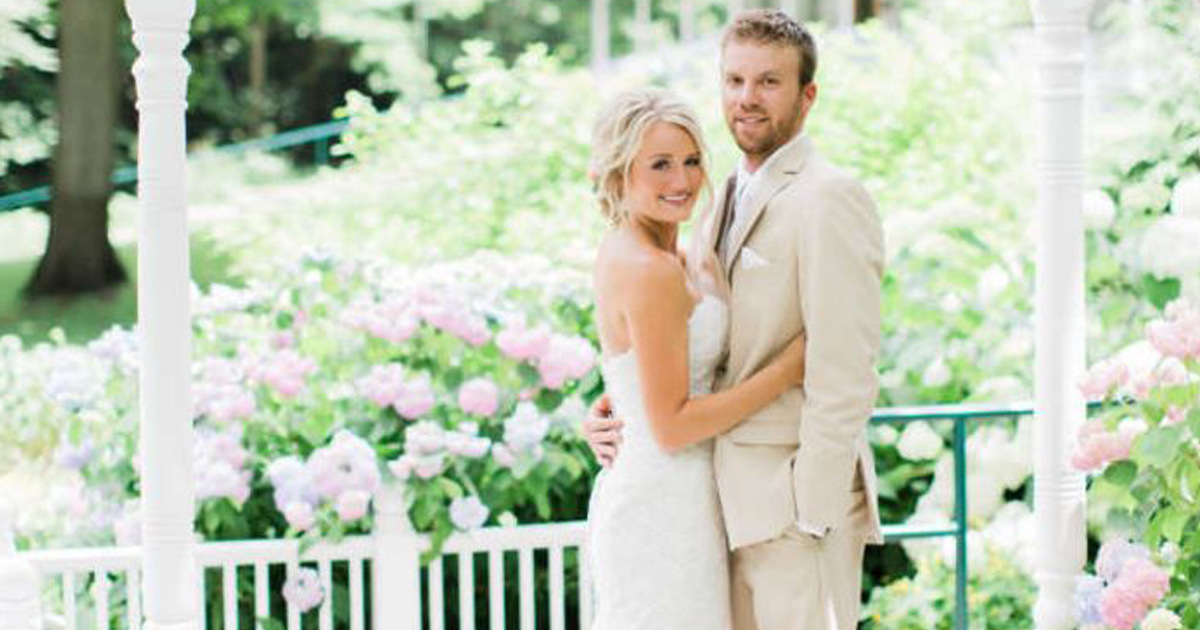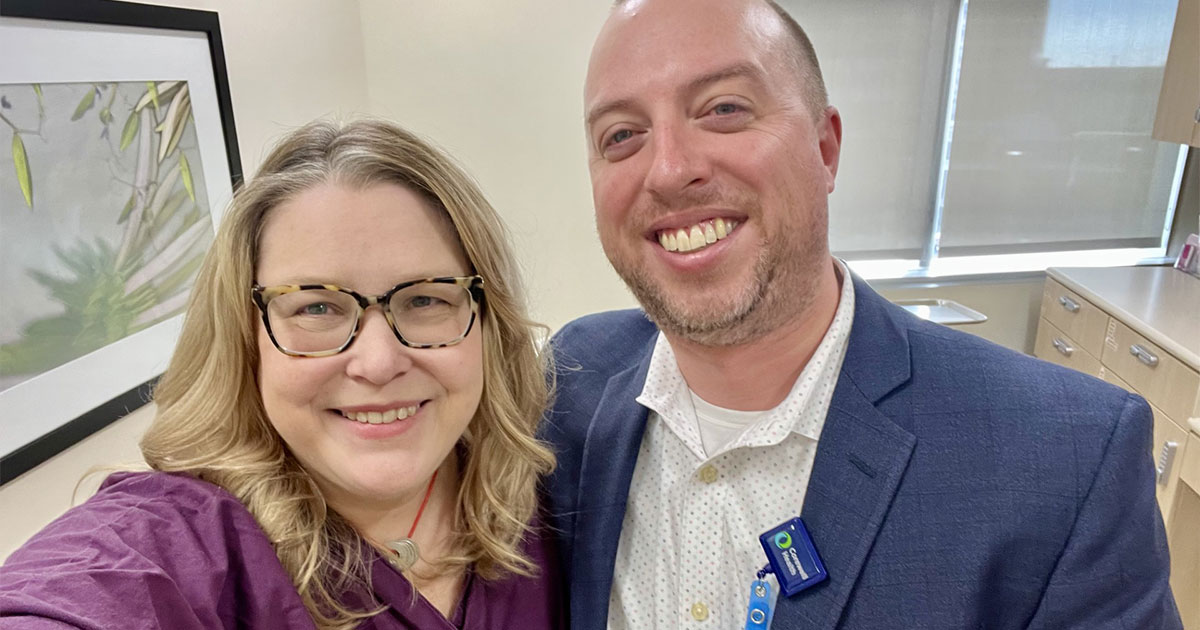Many traditions are associated with "tying the knot." But did you know that one of the latest nuptial trends has to do with nature?
Weddings have evolved from the original family-centered small event at home to elaborate productions with a hefty price tag. The average cost of a wedding in the United States has risen to around $32,600—but there's one more cost to all the expense.
Big events with lots of people, like weddings, can take a toll on the environment when you factor in guest travel, waste from food and floral arrangements, energy used to light the ceremony, and even how the diamonds in the rings were mined. Larger weddings and destination weddings where many guests are flying in can rack up nearly 500 tons of carbon dioxide in travel and hotel emissions alone.
While large weddings are still popular, there is a growing trend to bring back those simpler days, which means reducing the price as well as our environmental impact. If all this has doubled your wedding anxiety, consider these three questions when making decisions about your ceremony and reception—because an earth-friendly wedding can save green in more way than one!
Where is this coming from?
"This" can be anything from food, to favors, to guests. The closer everything and everyone is to your venue, the less energy will be spent in automotive and airplane exhaust emissions. Consider venues close to as many guests as possible, and ask them to carpool—or suggest the bus, walking or biking, depending on the location and available transportation.
Locally sourced catering options also cut down on your wedding's carbon footprint. Reducing distance cuts down exhaust emissions, but it also saves on packaging and refrigeration needed to keep your food fresh. In-season fruits, veggies and locally raised meats are at the heart of the farm-to-table movement, and you'll know exactly where your meal came from. Small farms also rely less on chemical pesticides and other pollutants in their production.
Where your favors, decorations and rings come from is also important. Part of the green movement includes using products that are ethically produced. While it might be difficult to track down the farm where the cocoa beans were harvested from for your chocolate cake, consider the working conditions of the people helping make your special day perfect. Consider lab-created or no-conflict diamonds for your rings and favors produced locally, like jam or honey from an area farm.
Can we do more with less?
Less is more when it comes to green weddings and registries. Everything has an environmental impact, so using less reduces waste and emissions. When creating your registry, for example, consider how essential each item is, as well as its environmental impact. Depending on your and your partner's needs, you could forgo the registry and ask guests to donate to sustainability projects and organizations in your honor.
Can this be reused?
From leftover food to fresh-cut flowers and paper tablecloths, weddings produce a lot of waste. While food waste is difficult to control, opting for potted floral arrangements, cloth linens, and glassware over paper or plastic will help reduce waste. Potted plants can be given away if you don't want to—or can't—take them home. Centerpieces and decor don't have to be living, either. Take this as an opportunity to use books, stones or candles that you already own or that can be used to decorate a new home.
A more sentimental option to help reduce waste is re-wearing a dress. Tailor your mom's, grandma's, sister's—anyone's, really—to suit your style and have the perfect something old. Shop consignment and vintage stores instead of purchasing a brand-new dress ... or you can even rent your gown. If you do want to buy your own dress, look into sustainably produced material like cotton, silk or hemp. And you can always sell, loan or donate your brand-new dress after the big day.
The Perfect Place to Stay Local
West Michigan offers many eco-conscious places to host your wedding and reception. Staying local is one key to a green wedding, and several area venues share green values.
While outdoor ceremonies reduce electricity used for lighting and central air or heat, they're not for everyone. Consider a LEED-certified building for your ceremony and reception, like the Grand Rapids Art Museum or the new Mary Jane Dockeray Visitor Center at Blandford Nature Center. These buildings make the best use of natural lighting with plenty of large windows, operate with energy-efficient appliances, and are constructed at least in part by reclaimed or recycled material.
For an even more natural setting, consider holding your wedding at a park. Ottawa County's Pine Bend Park features the Weaver House, a restored 1901 farmhouse complete with a small amphitheater and garden area that is perfect for an outdoor ceremony. Fernwood Botanical Garden and Nature Preserve in Niles has an assortment of venues for a wedding of any size. The gardens are unique in every season, and guests may be inspired to cultivate their own green thumb after visiting Fernwood!
Whether you incorporate environmentally conscious decisions into your traditional wedding or choose to go out on a limb and immerse yourself in nature, there are plenty of ways to have a green wedding!
Written by Kate Meyer and Emily Neier. Meyer is the Executive Director of the Kent County Parks Foundation, the nonprofit support organization that helps expand and enhance parks and trails in Kent County. She is a self-proclaimed "nature nerd" and loves inspiring people to get outdoors, regardless of their abilities or experience. Neier is a writer, geologist and nature blogger for the Kent County Parks Foundation.
Photo courtesy of Tifani Lyn Photography/www.tifanilyn.com




